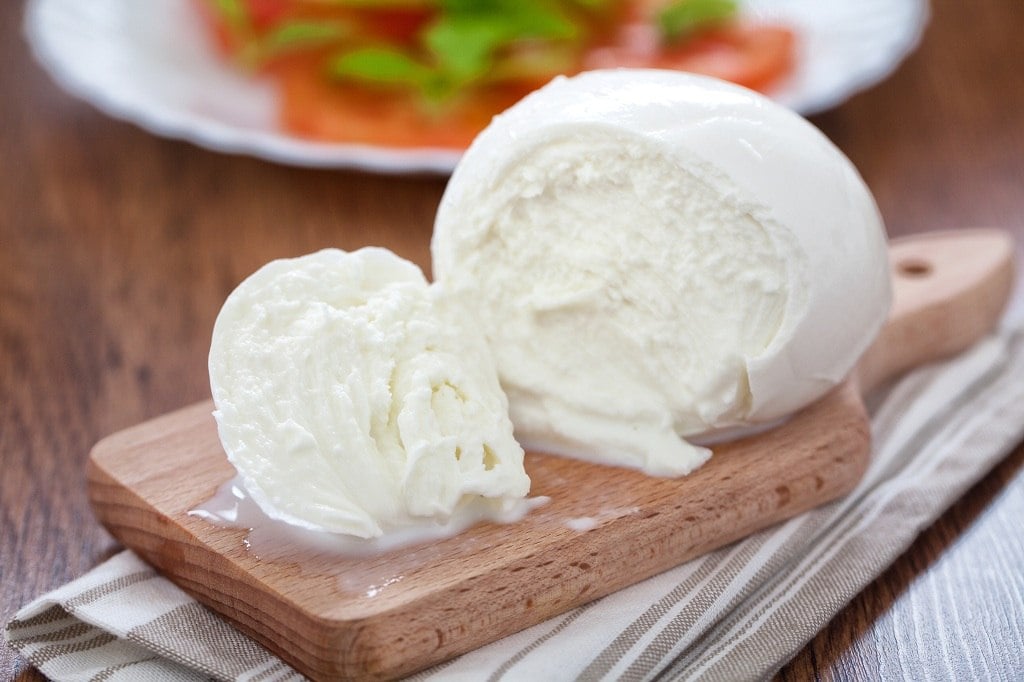Ciao e benvenuto a tutti! So far, we have traversed the most dazzling destinations beyond the pavement, getting a taste of Italy’s natural beauty. But today, we will segue to another form of taste – cheese! When you think of Italy and cheese, you probably hearken to the parmesan cheese you put on your pasta or the mozzarella lathering the top of the pizza. Let’s be clear here: that is just a slice of the cheese culture in Italy, perhaps a singular hole in the wheel of Swiss. Instead of just sticking to these basics, let’s fork into some of the best (in my opinion) varieties of cheese across the big boot.


I would like to start with some of the fresh, soft cheeses. Italians prefer the more bitey aged cheeses due to their intense flavors, but it is true that we have a soft spot for some soft cheeses. To be clear, I am not talking mild cheddar soft, but more in the realms of cottage cheese. An icon of Italian culinary excellence, burrata is anything but a cheesy start to my list of favorites. Nearly identical to fresh mozzarella on the outside, burrata has a soft, waxy skin that forms a ball of white, melty goodness. Inside, however, you will find the party piece of this one-of-a-kind cheese. Instead of mozzarella’s chewy consistency throughout, burrata is filled with cream and curds. As a little upgrade, some make burrata di bufala, a variation created with buffalo milk in place of cow milk. Derived from burro, the Italian word for butter, burrata has a smooth, buttery taste that is simply irresistible.


Next on the docket is ricotta fresca, or fresh ricotta cheese. Chances are, you have seen ricotta at the supermarket, but take it from me, that tub of Galbani ricotta has nothing on Nonna’s recipe. Like the inside of the burrata, ricotta fresca is curdy, but it is a tad bit lighter than the former. In addition, ricotta cheese is more versatile than burrata, due to its milder flavor. Sometimes, the fresh cheese will be spread on toast with a little bit of salt and pepper. Other times, you will find it in some variation of pasta al forno. And if you are lucky, you may just be eating it stuffed inside a cannoli shell. No matter how you use it, ricotta fresca adds the icing on the cake in the Italian culinary arts.



Moving into the aged sector of today’s blog, let’s talk about ricotta fresca’s older brother, ricotta salata. In accordance with the word salata, this cheese is a salted version of the fresh ricotta that is formed and aged in for at least a year. Depending on the maker’s preferences, the process of making ricotta salata can vary. For those who like a stronger flavor, a combination of cow, goat and sheep milk may be used, along with a longer aging process. Those who like a milder cheese may only age it for a year. An interesting dual-purpose for ricotta salata is its ability to be used as grated cheese on top of pasta. Usually, this role is fulfilled by parmigiano reggiano, but in a few cases, ricotta becomes the choice for grating.


Last but most certainly not least, caciocavallo makes the list. My personal favorite, this cheese is a bitey form of provolone cheese found mainly in the south of Italy. Made from cow milk, this cheese is formed into a pear-shaped ball and hung in a six-month to two-year aging process (typically). What makes this cheese great is that it truly accentuates the provolone flavor with its sharpness and bitey flavor. I may be a bit biased towards caciocavallo because my grandfather makes it, but it is certainly a fan favorite. Moreover, during an annual festival in my family’s hometown, many cheese makers sell caciocavallo shaped like horses and doves. Such traditions are what make this cheese truly special. With that, I will wrap up (with tin foil) for now. Whether you are a fan of fresh or aged cheese, Italy has lots in store for you. A presto!



I appreciate all the puns you made in the opening paragraph–that’s exactly my type of humor. Your descriptions feel vivid and sharp, just like caciocavallo. I feel kind of bad reviewing this post, since I’ve had none of these before. It doesn’t help that cheese has never been my thing–for some reason, I just haven’t been able to enjoy it in the past. But with all of these recommendations, I definitely know where I’ll start when I give cheeses another try.
I had no idea cheese was so diverse and different from one another. I knew that cheese is a major food in Europe than it is here in the United States, but I did not know the extent. I actually got very hungry from your blog. I am definitely not looking at cheese the same way anymore if I am being honest. I want to try different cheeses now, so I have to go to Italy at some point.